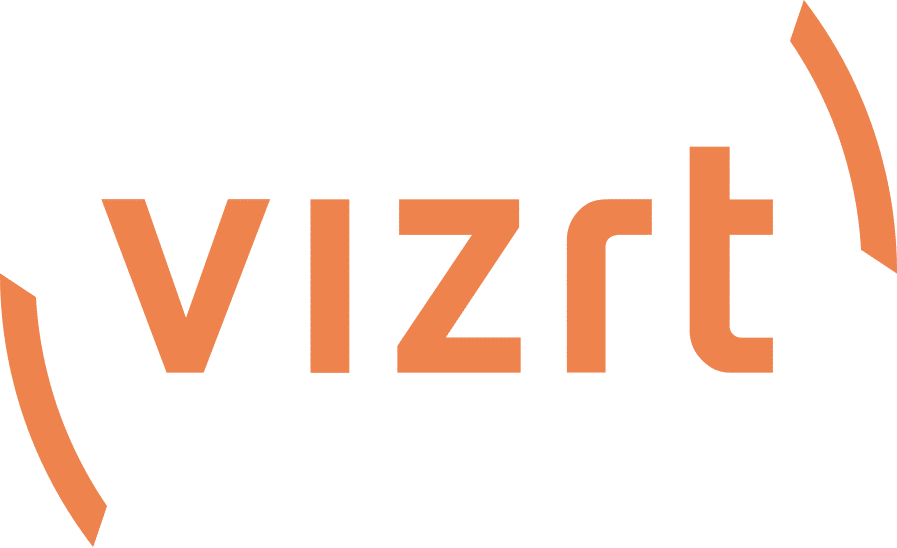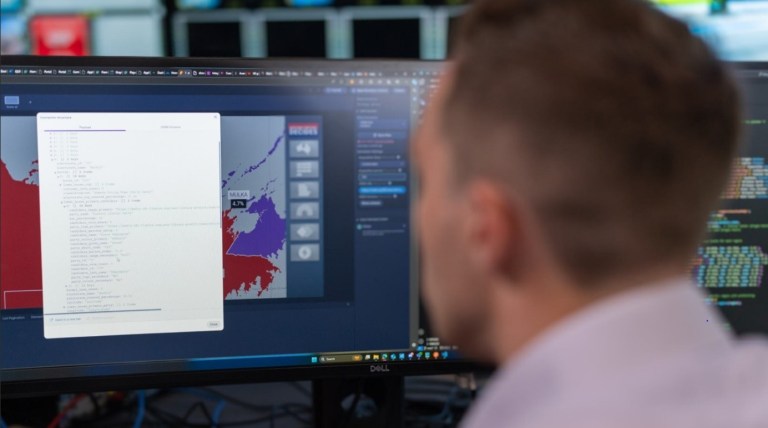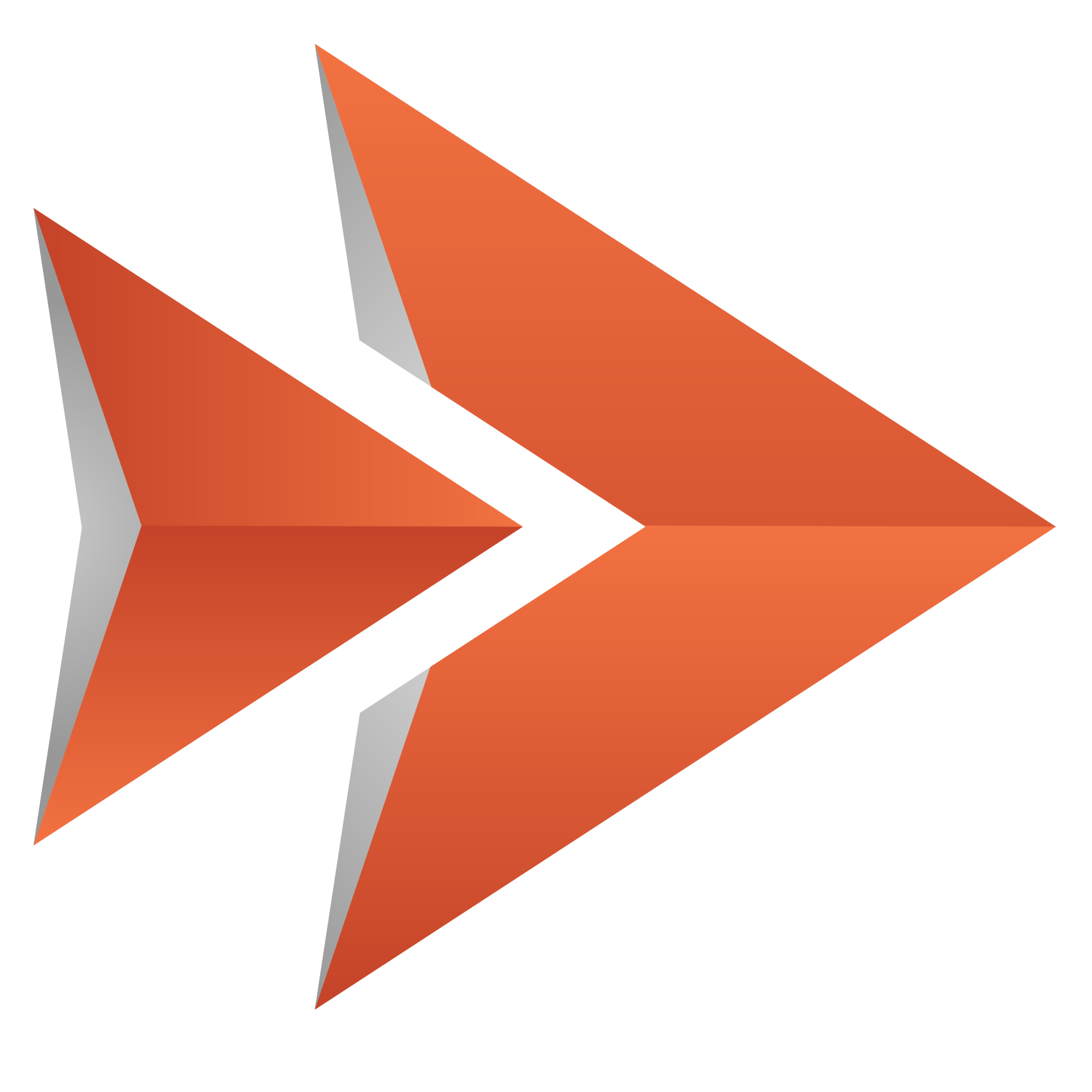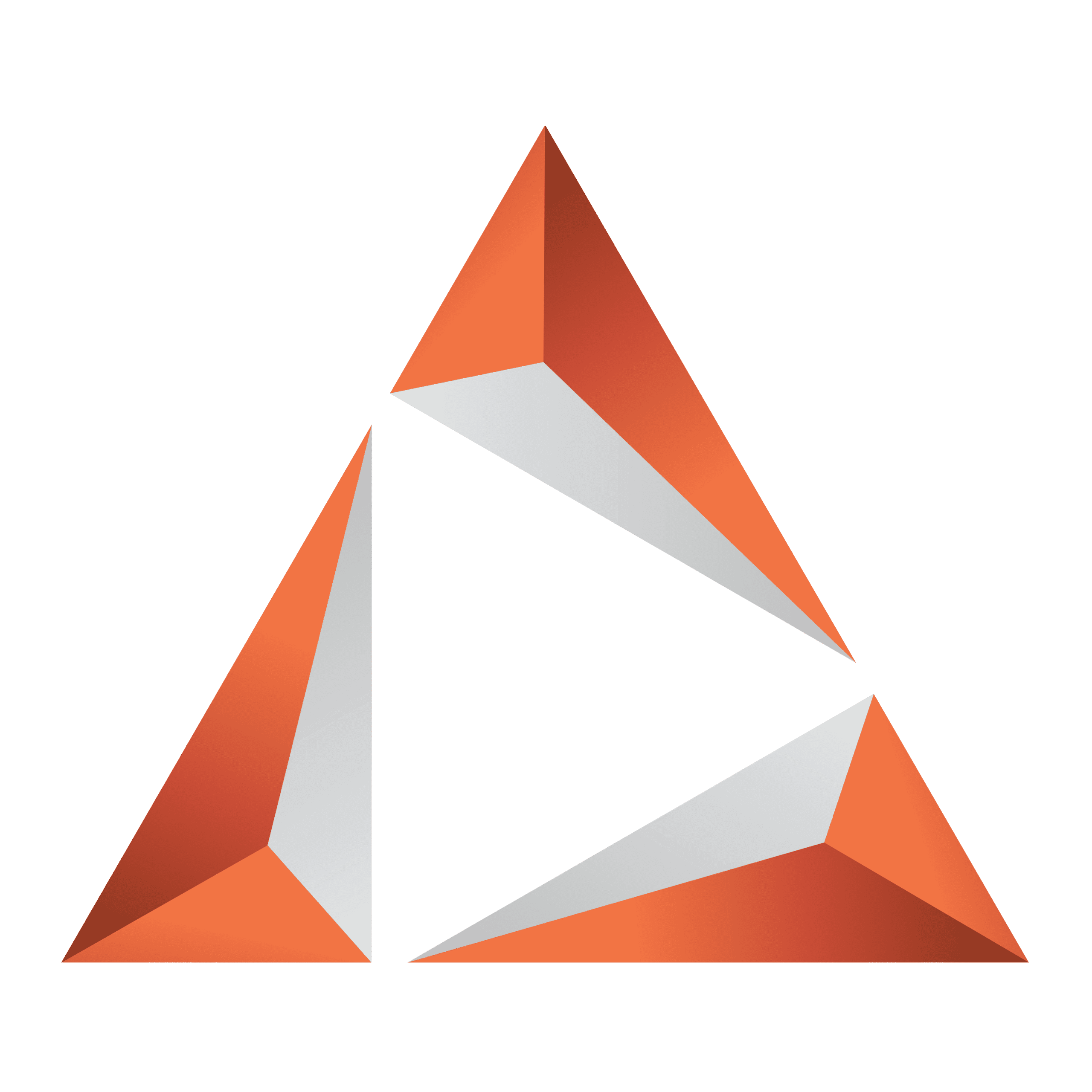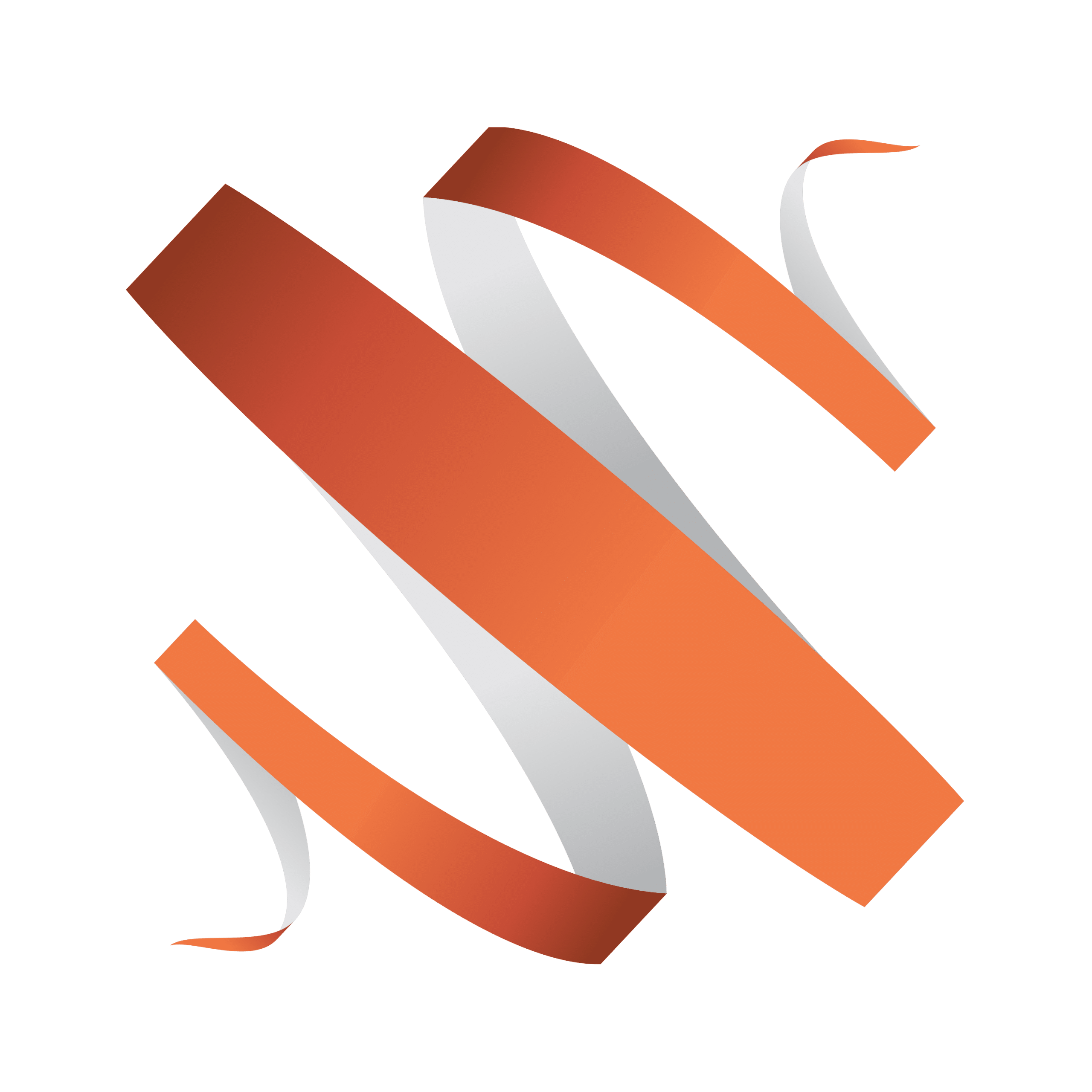WBRZ-TV, a family-owned full-power television station in Baton Rouge, LA., faced a serious challenge: How to go from five hours of local news weekdays to eight hours and add two weekend morning news shows without hiring so many new control room personnel that doing so would be financially unsustainable.
Prompting the aggressive growth in local news was the good fortune of the Manship family, owners of the ABC affiliate, in obtaining a second, low-tiered channel on the DMA’s most well-subscribed cable system. Station management had high hopes for the channel, dubbed WBRZ Plus. Not only could it help bolster the station’s main brand, but WBRZ Plus also could strengthen the broadcaster’s sales story among local advertisers and enhance its news presence in the market.
“We knew we wanted to do this, but we needed to expand in a way that wouldn’t require more staff,” he says. “If we had to add a director, an audio operator and a graphics person every time we added an hour of news, it just wouldn’t have been cost-effective”. Knowing control room automation was the logical solution to the problem, the station sent a team to the 2017 NAB Show to evaluate competing studio automation solutions and determine which would best suit its needs. “We had some goals. Our studio space, like everyone’s, is built around a lot of monitors. So we needed a solution that was going to help us control the monitor walls,” he says. “We also needed to make it as easy as possible to get on the air.”
After an intensive two-day evaluation of alternatives at the show, the broadcaster chose Vizrt’s Viz Mosart studio automation system and Viz Multiplay screen display control application. The broadcaster was attracted to the combo because it was cost-effective and offered the best interface available for controlling the display of video and graphics on the news set’s monitor array, he recalls. Usability and the ease with which staff could learn the systems were key factors as well. “One of the things that I will say is great about our company is there were no staff reductions with Viz Mosart,” says Schmaltz. “Lots of places would have scaled back. We did none of that.” “We kept everyone on staff, and they were retrained on how to use Viz Mosart. That was important since we are a locally owned family company.”
Getting up to speed
The broadcaster’s transition to control room automation in late 2018 and early 2019 was unrushed and methodical. First up was tying the station’s AP ENPS newsroom computer system into Viz Mosart. After completing an ENPS upgrade of Media Object Server (MOS) protocol commands to enable the newsroom system to communicate with Viz Mosart and integrating the two, the next step was placing the station’s Ross Video production switcher under the control of Viz Mosart, says Pecaut. Step by step, one piece of control room technology after another was integrated with Viz Mosart. “We got on the air, and built as we went,” he says. After about six months, the conversion was complete.
One in particular that stands out to Schmaltz was the station’s Logitek audio board. The audio company had to develop a backend communications system to enable Viz Mosart to communicate with and control the audio console. “This wasn’t just a WBRZ issue, but one that affected other users of Viz Mosart as well,” he says. There was more to deploying Viz Mosart than integration with production control room technology, however. “You really are given the keys to creativity when you buy Viz Mosart, but you have to build it yourself,” says Schmaltz.
“Vizrt gives you all of the tools and training needed to learn to use Mosart, but it’s up to you to build the templates so that it does what you want.” For example, switching from Camera 2 to Camera 3 with a light in between required a simple touch of a button on the production switcher when newscasts were manually produced, says Pecaut. To do the same thing with Viz Mosart first requires thinking through what must be done, building a template and saving it. The same is true for the graphics system, the audio console, playout server playback and everything else required to produce a live newscast. In the case of WBRZ-TV, one director in particular was a quick learner.

“I guess I would call him our ‘Ace Director.’ He went through an intensive Vizrt training process and came out with the ability to create templates for everything we needed from a coding perspective,” says Schmaltz. Having a director who quickly grasped building templates was invaluable for the station, enabling WBRZ Plus to get on air quickly with Viz Mosart and giving the broadcaster a resource for its other directors. “He latched on quickly and kind of spearheaded everything,” says Pecaut. “As he became more comfortable, we would get his colleagues trained, and once they were comfortable, we would go onto the next step.” While templates are central to the Viz Mosart workflow, they do not preclude ad-hoc control over production when newscast rundowns change or news breaks. “During a live breaking news situation, as long as you are one step ahead, you can actually do your breaking news report through automation by just coding as you go,” he says. “It’s real easy and just as fast as trying to rally your crew together to get into the studio. Right now, we are doing this constantly with coronavirus coverage.”
The human factor
Considering the human factor proved to be as important as any other aspect of the Viz Mosart deployment. While intellectually everyone understood control room automation was necessary if the station were to achieve its goals, creating a level of comfort with using a computer to do the news was a process. That was especially true among veteran station personnel, some with a decade or more of experience producing newscasts with a traditional control room setup, says Pecaut. “That was probably the most difficult part, getting people to understand they don’t see and feel a lot of the equipment anymore,” he says. “I think the change in mindset was the biggest hurdle. It required getting people to think differently than they had before.” Just as it did with its methodical technology integration, the broadcaster set up a series of training benchmarks to ease staff into automation. Vizrt was on hand for a week in Baton Rouge to conduct classes and also provided online training to bring staff up to speed. Gradually, confidence grew, and Viz Mosart operators, who only a few months before were running the production switcher or news graphics system, developed and found themselves to be at ease with the automation technology.
“That would have just shaken up people too much. Besides, it would have been almost impossible to try to tell people start to finish to change everything they know.”
Big result, small station
Vizrt solutions frequently are perceived in the broadcast community as being beyond the reach of all but the largest television stations and networks. The deployment of Viz Mosart at WBRZ-TV, which is in DMA 93, however, indicates otherwise. While Schmaltz acknowledges that a smaller market station like WBRZ-TV doesn’t have nearly as many broadcast engineers or dedicated corporate IT department employees as is common among larger enterprises, the size of an organization is far less important than the desire to achieve the benefits control room automation bring to the production of newscasts and the station at large.
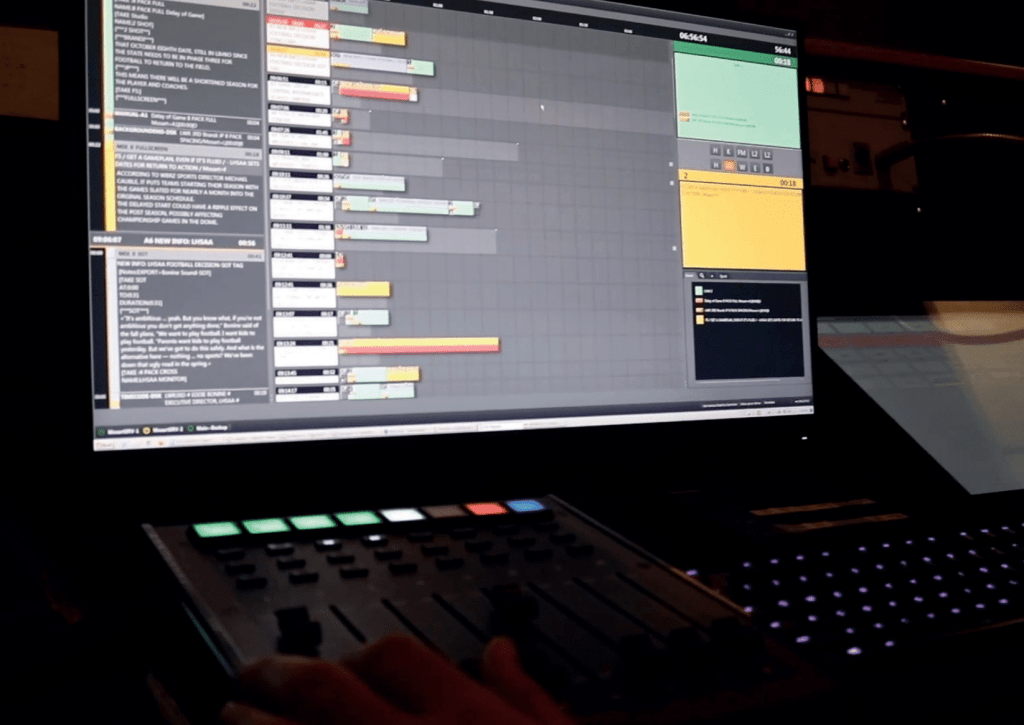
Viz Mosart and Viz Multiplay were integral to WBRZ-TV achieving what it set out to do when it acquired a spot on the dial for WBRZ Plus. From a news perspective, the automation system made it possible to nearly double the hours the broadcaster devoted to news. Moreover, WBRZ Plus frequently breaks into regularly scheduled programming when news happens, and viewers have responded by making WBRZ Plus their “always-on source” for important local news and information, says Pecaut.
From a business perspective, building this level of trust with viewers has also proven to be a critical component to the broadcaster’s success. “The whole situation has been really impressive,” says Schmaltz. “We are where we want to be revenue-wise. We are happy with the advertisers who have signed onto the channel, and the revenue and ratings have met our expectations.”
The shape of things: Reformatting for different aspect ratios
For WBRZ-TV in Baton Rouge, La., Viz Mosart control room automation made it a financially sound decision to begin programming a second channel with three hours of live, local news every weekday. As Pecaut, put it: “The reason we went with Viz Mosart was that it offered the most cost-effective way for us to more than double our news output.” Besides allowing the station to add so many more hours of news without taking on additional staff, Viz Mosart is making it possible for WBRZ-TV to better serve the news and information needs of viewers and ultimately give the station’s sales staff a new product to sell.
While the station hasn’t yet taken advantage of it, there’s another powerful capability of Viz Mosart that can help stations boost viewership and increase revenue. With the ability to create templates with non-broadcast aspect ratios, Viz Mosart makes it simple for broadcasters to repurpose linear stories or entire newscasts for smart phones and other digital devices. Critical to the workflow is how Viz Mosart automatically delivers screen elements, such as text and news graphics supporting a story, in a way that’s optimized for the aspect ratio of the smart phone or other device being served. Of course, having a switcher that supports this reformatting is essential as well. With news formatted for other aspect ratios, it is easier for broadcasters to drive viewers back to their stations’ on-air product as well as create, serve and ultimately monetize a new audience that turns first to these devices.
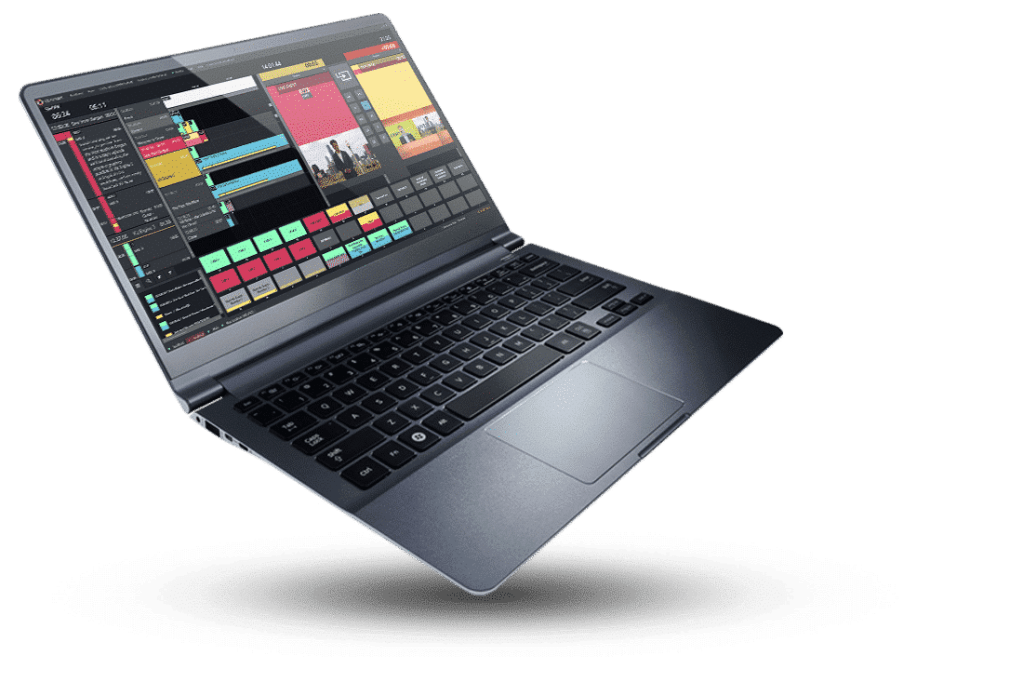
Revolutionize Your Live Productions:
Unlocking Three Surprising Benefits of Automation
FIVE KEY TAKEAWAYS
1 WBRZ-TV added three hours of live, local news weekdays on a second channel, creating the opportunity to rethink its control room workflow.
2 The station chose Viz Mosart after evaluating control room automation alternatives at the NAB Show.
3 Using Viz Mosart, the station is meeting its goal of increasing news output and advertising without adding staff.
4 Existing control room personnel embraced automation and successfully learned how to operate Viz Mosart.
5 WBRZ-TV’s investment in Viz Mosart studio automation was a wise and attainable financial move, even for a station in DMA 93.
